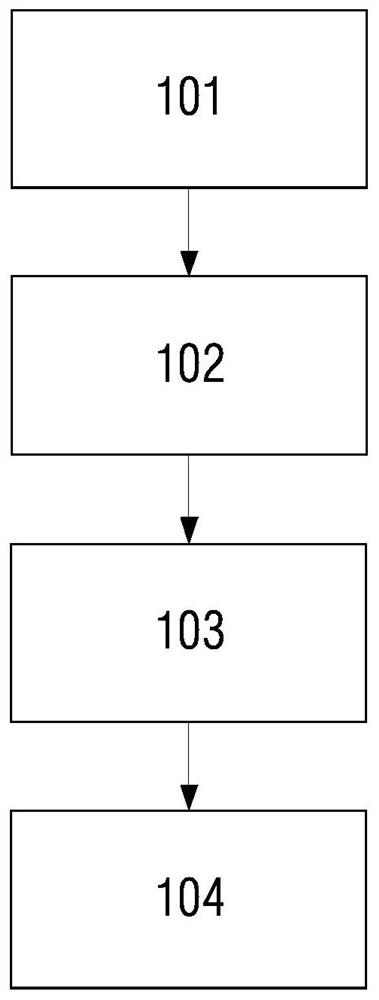PTP-based clock identification method and device
A PTP and clock technology, which is applied in the field of power system, can solve the problems of misoperation of relay protection devices, production loss, problems with sampling timing reference, etc., and achieve the effect of avoiding losses.
- Summary
- Abstract
- Description
- Claims
- Application Information
AI Technical Summary
Problems solved by technology
Method used
Image
Examples
Embodiment 1
[0056] This embodiment provides a method for identifying a clock based on PTP, where the subject of execution is a device for identifying a clock based on PTP, and the device may be integrated in a slave clock.
[0057] Such as figure 1 As shown, it is a schematic flow chart of the method for clock identification based on PTP according to this embodiment, the method includes:
[0058] Step 100, receiving a PTP message sent by a master clock.
[0059] PTP packets are packets based on the PTP protocol. The PTP message at least includes a synchronization message and an announcement message. In fact, the device may receive PTP messages sent by multiple master clocks, and subsequently determine which master clock to use as a synchronized clock according to the PTP messages. In the prior art, there are already many methods for calculating which is the best master clock for the slave clock. For example, the PTP-based clock identification device can determine the final syn...
Embodiment 2
[0077] In this embodiment, a specific example is given to illustrate the PTP-based clock identification method in Embodiment 1. In this embodiment, it is determined whether the main clock is a synchronizable clock according to the frequency offset.
[0078] Step 200, receiving a PTP message sent by a master clock.
[0079] This step is consistent with step 100 and will not be repeated here.
[0080] Step 201: Determine the first frequency stability of the master clock according to the PTP message, where the first frequency stability is information carried in the PTP message and used to indicate the frequency stability of the master clock.
[0081] The first frequency stability can be used K m To represent. This step is consistent with step 101 and will not be repeated here.
[0082] Step 202: Determine a second frequency stability according to the PTP message, where the second frequency stability is determined based on the actual frequency of the master clock. ...
Embodiment 3
[0095] In this embodiment, a specific example is given to illustrate the PTP-based clock identification method in Embodiment 1. In this embodiment, it is determined whether the master clock is a clock that can be synchronized according to the PTP variance.
[0096] Step 300, receiving a PTP message sent by a master clock.
[0097] This step is consistent with step 100 and will not be repeated here.
[0098] In step 301, the information of the PTP variance of the master clock of the PTP message is used as the first frequency stability.
[0099] Specifically, the first frequency stability may be the ratio of the clockAccuracy field in the announcement message divided by the period of the announcement message. Assuming that the clockAccuracy field is 1 μs and the period of the announcement message is 1s, the first frequency stability is 1PPM.
[0100] This step is consistent with step 101 and will not be repeated here.
[0101] Step 302: Determine the actual PTP...
PUM
 Login to View More
Login to View More Abstract
Description
Claims
Application Information
 Login to View More
Login to View More - R&D Engineer
- R&D Manager
- IP Professional
- Industry Leading Data Capabilities
- Powerful AI technology
- Patent DNA Extraction
Browse by: Latest US Patents, China's latest patents, Technical Efficacy Thesaurus, Application Domain, Technology Topic, Popular Technical Reports.
© 2024 PatSnap. All rights reserved.Legal|Privacy policy|Modern Slavery Act Transparency Statement|Sitemap|About US| Contact US: help@patsnap.com










